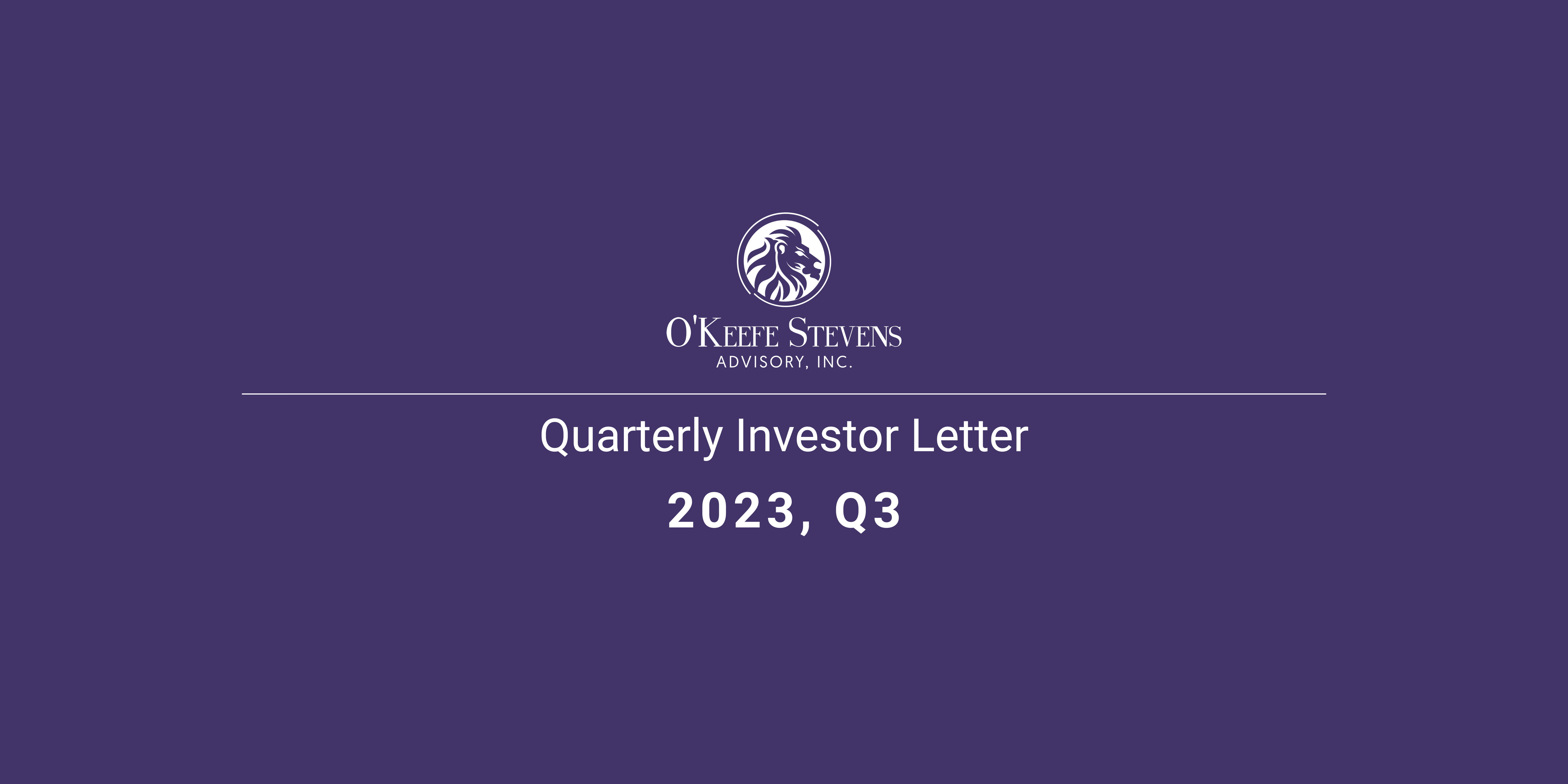Author: Dominick D’Angelo
The End of an Era
Like the Undertaker’s undefeated streak at Wrestlemania (21-0 when he lost to Brock Lesnar), all good things must end. This quarter, we actively reduced our position in our favorite company, Nvidia (NVDA). Over the past several years, I have consistently noted the concentration of the top 5 holdings in our portfolio, with NVDA comprising 26% of the last quarter’s 40%. The business, management, and outlook are nothing short of excellent. The business has a dominant market share in a rapidly growing market with competition seemingly years behind, though, fighting hard to gain share. Gross margin is expected to exceed 70% in 2024 and expand in 2025, reflecting the premium customers pay for their advanced technology. Revenue growth of 30%+ on a $50B base and a return on equity over 50%. If this isn’t the best business in the world currently, certainly it is in the top 5.
Jensen is the reason we held onto the stock despite our unease about the valuation. Jensen came to the U.S. from Thailand and was sent to a boarding school in rural Kentucky for troubled youth by his aunt and uncle, who mistook it for a prep school. When buying an ownership stake in the business, we must ask ourselves who we partner with. Are they honest? Capable? Aligned?
Honest: Listening to Jensen (while promotional) is like a breadth of fresh air. He tells you how it is. When the business looked like it was headed for failure in 2009, Jensen reduced his salary to $1.
Capable: Does the leader always have shareholder interests top of mind? Nvidia has been the GPU market leader, with no signs of relinquishing the title anytime soon. Constant reinvesting into the business has allowed this competitive advantage to deepen.
Aligned: Jensen owns ~3.5% of NVDA. Even in 2013, when we took our initial position at $3.11, and the market cap was ~$7B, the 23m shares owned, worth $260m+ compared to a $784k salary, gives a plentiful indication of his incentives. Over the 10-year holding period, we could not have been in better hands.
We substantially reduced the position during the quarter due to the extreme valuation, excessive optimism, and other market opportunities. While we believe AI is in the early stages (even though it has been around for decades), the current valuation implies that NVDA maintains a dominant market position for the foreseeable future. As Aswath Damodaran, professor at NYU, discusses, the corporate life cycle of technology companies compared to other industries is far shorter (Aging in Dog Years? The Short, Glorious Life of a Successful Tech Company).
Technology companies scale up rapidly, unconstrained by physical production capacity, but decline quicker. The mature phase’s duration depends on the competitive advantage’s nature. For example, consumer companies such as Coca-Cola and Pepsi have long mature phases due to their brand power. The decline depends on how quickly new companies can enter the market, scale up, and attract customers. Technology companies age in dog years. One year of Proctor & Gamble is different from one year at Intel. When companies generate excess profits, and in the case of NVDA, exorbitant profits, competition will come in droves. It’s not if but when NVDA will lose its market-leading position. Just a decade ago, the notion that Intel would ever be displaced in the CPU market seemed farfetched, yet, as we stand here today, it has done nothing but seed share to AMD, and more competition is coming from Nvidia and Qualcomm. In a capitalist society, competition seeks out the highest risk-adjusted return. Nvidia’s dominant market share is safe for the next several years; however, what it looks like in 5-7 years is unknown, yet buying the stock at today’s price requires one to have a keen insight into that exact question.
We sold about 30% of the position outright and further hedged our position by selling deep-in-the-money calls expiring in 2024 (which helps reduce 2023’s tax bill) and, in some cases, sold OTM calls. Should the ITM calls get exercised, our NVDA position will be reduced by another 37%. The remaining positions are primarily held in taxable accounts, and due to already sizable capital gains taxes, we are deferring the sale of more NVDA shares until at least 2024. Should we find abundant opportunities, we would likely sell down the NVDA position further to fund the new purchases.
While in one sense, this feels like the closing of one story, it’s also the O’Keefe Stevens foray into the post-NVDA world. Over the past ten years, it’s been our most discussed position. Now, we can discuss other positions that have gone by the wayside. Furthermore, the rate rise over the past year has come at a fortuitous time. As we take time to deploy the proceeds, cash is no longer yielding 0%, but instead 5%, allowing us to deploy capital patiently.
Portfolio Changes
During the quarter, one notable event occurred. Hersha Hospitality (HT) announced they are selling to KSL Capital Partners for $10 in an all-cash transaction, valuing Hersha at $1.4B. While the 60% premium is a nice short-term gain, Hersha has been a poor investment for several years. Even with the surge in travel post covid, I suspect the sudden and dramatic rise in interest rates forced management’s hand.
In 2023, Hersha had $92.5m in debt maturing, of which ~50% was fixed at 4.45%. In 2024-2025, $414m of debt matured with a weighted average interest rate of 3.93%. First, the assumption that they could refinance the debt was in question. The company has operated at a loss (Net Income) over the past four years. The 4.19% weighted average interest rate on the fixed-rate debt would likely double when they refinanced. The $27m of interest from the credit facility and term loan were likely headed north of $50m. It would have been a game of extend and pretend, hoping rates would one day fall back to a serviceable level.
In 2022, Hersha attempted to right-size its balance sheet, selling non-core urban properties for $505m. In addition, they sold the Hotel Milo Santa Barbara and the Pan Pacific Seattle for $125 million, along with a few other ancillary properties. Hersha recognized a gain of $167.8m, demonstrating that the hotel’s private market value was greater than its carrying value. At the end of Q1 2022, Hersha Had a TBV/Share of ~$15.30 compared to the $8.65 trading price.
Hersha used much of the proceeds to de-lever the Balance Sheet, repaying $510m during the year. One notable drawback of the REIT status meant the company had to distribute much of the gain from the sales. From the Q2 2022 earnings call, “We think that with the sale, we have significant gains that we do need to — for tax purposes, making a special dividend.” Thus, while they likely wanted to deleverage further, they could not. While shareholders enjoyed the short-term gain, it harmed them long-term.
In addition to the Balance Sheet concerns, we are increasingly worried about the macroeconomic picture. The excess liquidity consumers once had appears to be drying up, though inventories remain elevated across numerous sectors. The margin expansion companies experienced during the supply chain disrupted the 2020-2022 period is likely reversing course and, in some cases, could drop below pre-COVID levels depending on the desire to move and reduce inventory. Several consumer discretionary companies discussed declining traffic volumes, indicating households are pulling back on spending. We expect this will hit the travel and leisure companies soon. While we already have abundant cash due to the NVDA sale, we’d much rather be in this position than fully invested.
Carnage Under the Hood
While all major indices are positive on the year, the performance is buoyed by the stocks known as the “magnificent seven.” Microsoft (MSFT), Apple (AAPL), Amazon (AMZN), Nvidia (NVDA), Alphabet (GOOGL), Meta Platforms (META), and Tesla (TSLA). The “worst” performer, AAPL, is up just a measly 32% to date, while NVDA is up almost 200%. With 26.5% of the index up 30%+, it’s challenging for the market to perform poorly. During the quarter, the S&P 500 declined by 3.8%; however, excluding the aforementioned stocks, it declined slightly less at 3.6%. The S&P 500’s 12.1% year-to-date performance shows how much help these seven stocks were.
The performance of the S&P equal-weighted index is roughly flat on the year. It’s a similar story to years past. Those not invested in the largest companies are likely underperforming. With pain comes opportunity, which we are seeing more and more of, particularly in the small and micro-cap space, which is getting decimated. The Russell Microcap index was down ~8%, while the Russell 2000 was down ~5% in Q3. Individual small-cap stocks are routinely down 10%+ from an earnings miss. While we agree that small caps are more economically sensitive and the dramatic rise in rates will strain their balance sheet, we are far more likely to find bargains in these out-of-favor areas when uncertainty and pessimism are high. We made no purchases in the quarter but added to some of our existing holdings.
Portfolio Top 5 Holdings
At the end of Q3, our top 5 holdings represented ~27% of assets, down from 35% at the end of Q2. While NVDA represents almost 10% of the portfolio still. The remaining four include QCOM, AMGN, HCC, and DFIN.
Regards,
Dominick D’Angelo, CFA Dominick@okeefestevens.com 585-497-9878
Disclaimer
This document is for informational purposes only. O’Keefe Stevens Advisory is not providing any investment recommendations with the publishing of this document, and no firm performance data is included in this document.



No responses yet